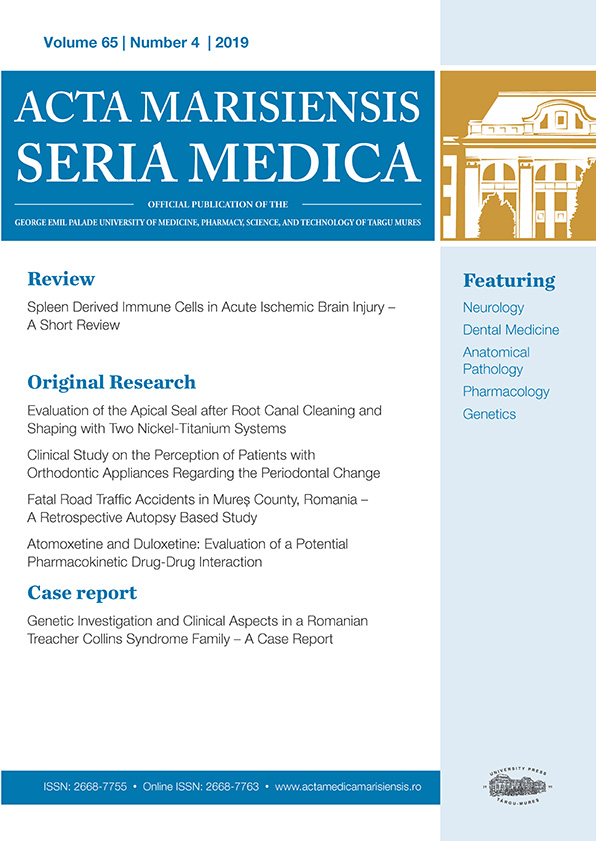In vitro modulation of seizure-like activity with β-Cyclodextrin-complexed Rufinamide
Abstract
Objective: The global health concern of pharmacoresistant epilepsy necessitates innovative therapeutic strategies. Drug resistance often arises due to complex pharmacokinetic challenges. Beta-cyclodextrin, known for enhancing drug solubility and stability, offers a potential solution for improving the efficacy of antiseizure medications. This study aims to investigate the impact of beta-cyclodextrin-complexed rufinamide on seizure-like activity using an in vitro model of temporal lobe epilepsy.
Methods: Seizure-like neuronal activity was induced using a low-magnesium model. Local field potentials were recorded from transverse rat hippocampal slices. Rufinamide was solubilized using beta-cyclodextrin and administered at 100 micromolar concentration. The impact on various seizure-like parameters and time-resolved phase-amplitude coupling was assessed.
Results: Rufinamide increased the duration of the preictal phase while reducing the duration of ictal and postictal phases. The frequency of seizure-like events was higher in rufinamide. No significant change was observed in the firing rate of the first 10 ictal spikes, but the firing frequency of the second set of 10 ictal spikes was higher during rufinamide perfusion. Time-resolved phase-amplitude coupling maximum analysis did not reveal significant differences between the control and rufinamide treatment.
Conclusions: Beta-cyclodextrin-solubilized rufinamide significantly modulates seizure-like event dynamics, demonstrating antiseizure effect. However, there were also signs of increased seizure susceptibility when the drug complex was applied. Our observations suggest a need for further investigation into the solubilization method and its impact on rufinamide’s bioavailability. Dose-dependent effects and underlying molecular mechanisms should also be explored to enhance the pharmacological properties of antiseizure medications.
Copyright (c) 2024 Rita Judit Kiss, Zsolt András Nagy, Ádám Szentes, Ágnes Csüdör, Andrea Máthé, Henrietta Makó, Előd Bomher, Ádám József Berki, Zsolt Gáll, Tibor Szilágyi, Károly Orbán-Kis

This work is licensed under a Creative Commons Attribution 4.0 International License.









